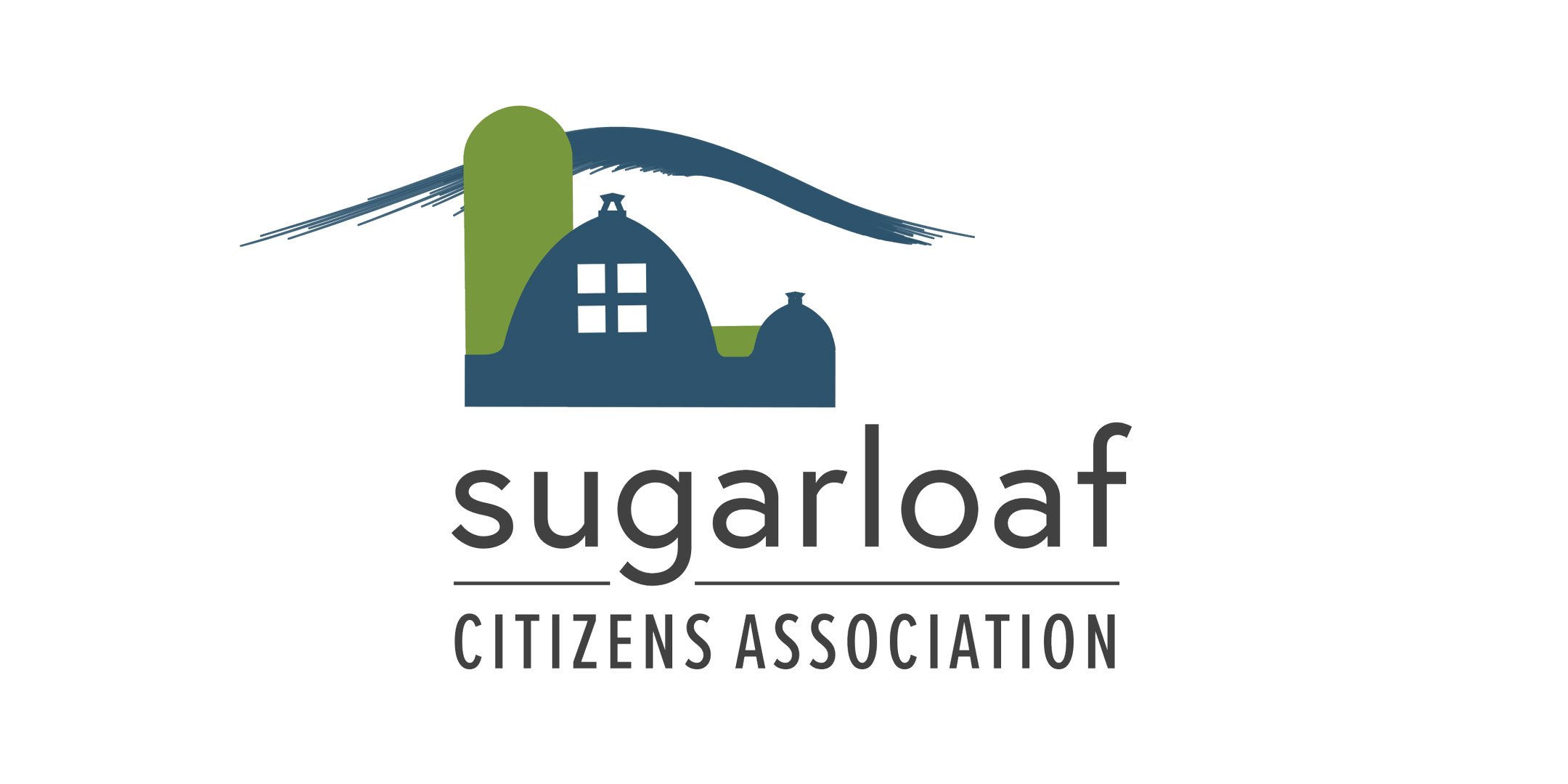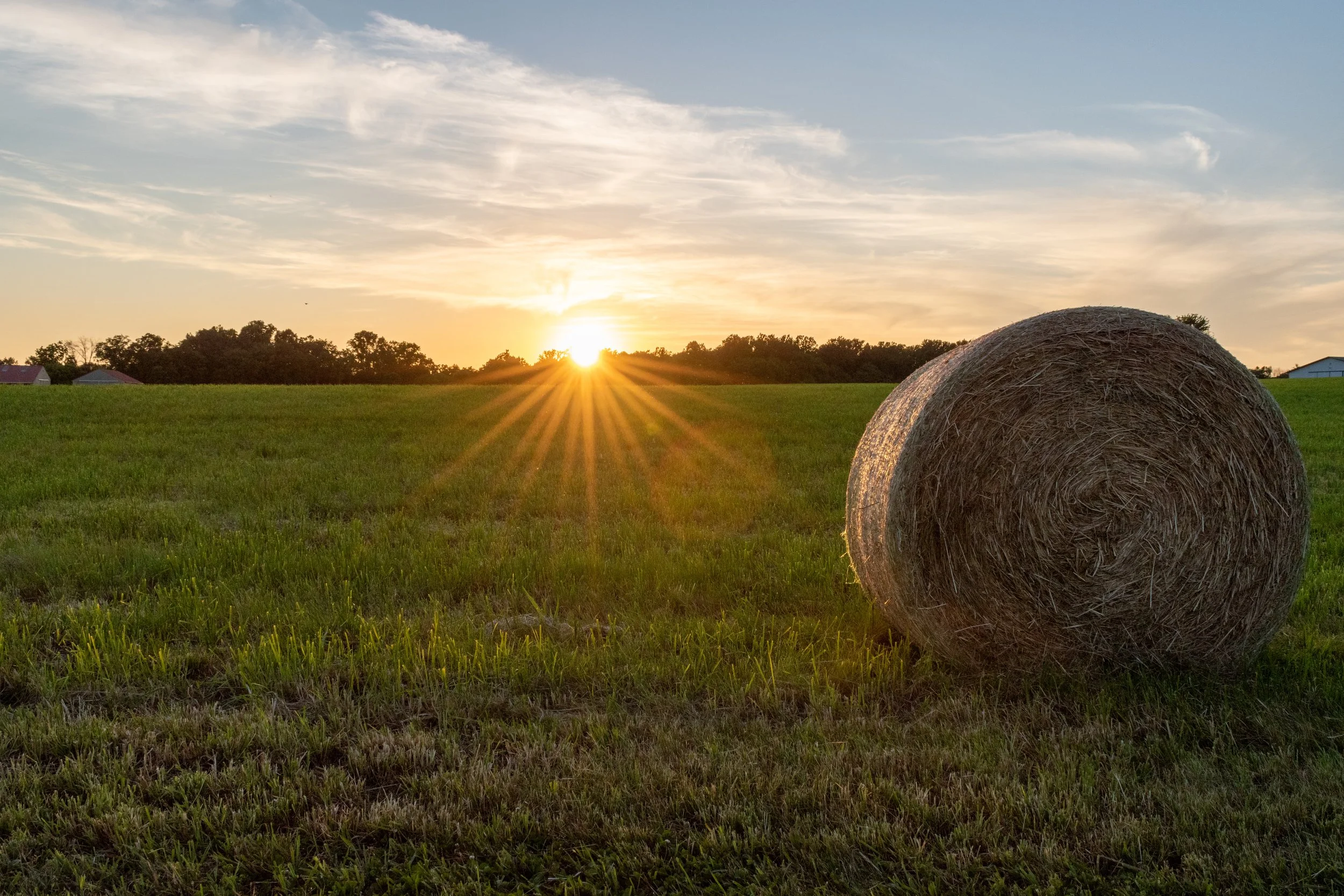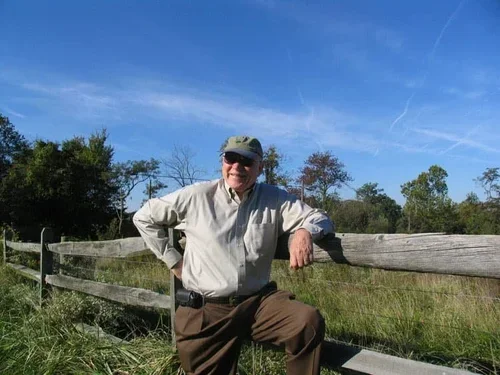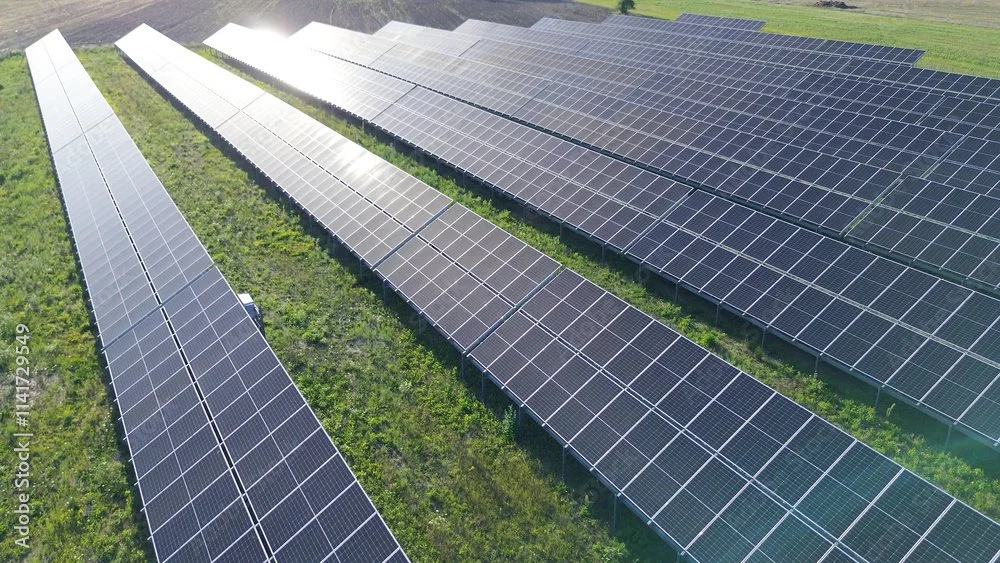November 17, 2025
The following statement was issued the week of November 10, 2025 by four organizations who are involved in protecting and preserving the Ag Reserve, including SCA. Please feel free to distribute it. And please consider commenting on it in the section below.
Centering Agriculture in Agritourism
A Joint Position Statement on Agritourism
11/3/2025
Montgomery County Farm Bureau, Montgomery Agricultural Producers
Montgomery Countryside Alliance and Sugarloaf Citizens Association
In 1980, Montgomery County enacted a visionary solution to stem the loss of farms and farmland. It created the Agricultural Reserve, which has been lauded as the nation’s most innovative and successful farmland protection effort. Montgomery County has reaped the benefits of this initiative every day. The Ag Reserve has preserved farms and farming opportunities; it enables local food and grain production; it protects water and air quality for the region; and it provides an array of outdoor recreational opportunities for the entire County. The farms of the Ag Reserve contribute $281 million annually and support over 10,000 jobs in the County.
Maryland lost an average of 2,400 acres of farmland each year between 2017 and 2022. Montgomery County’s land use policies have helped stem the loss of producing farms here, but maintaining thriving farms requires care.
The Ag Reserve remains one of the County’s best ideas – an achievement many other jurisdictions envy. The fundamental purpose of the Reserve—to protect thriving farms—will be strengthened through enhanced connections between producing farms and residents in the County’s urban and suburban areas.
Agricultural tourism is thriving in the Ag Reserve. Many farmers are enhancing revenue by building new markets for their farm products. For decades, thousands of visitors have flocked to Ag Reserve farms to shop at farm stores, for “pick your own” produce, harvest festivals, wineries, breweries, cideries, corn mazes, educational farm tours, animal visits, farm-to-table dinners, and equestrian events. Agritourism connects consumers with local farms not only for purchasing local products but also to build greater understanding about how food is produced and why it is important to support a strong local food system.
A Fragile Balance
Why then is the subject of agritourism becoming somewhat controversial? It’s simple: Some landowners (or land speculators) seek to profit from land planned and zoned as protected farmland by introducing commercial activities that are not associated with farming. Land in the Reserve has been zoned to ensure that it will remain reasonably affordable for farmers to lease or purchase. Business investors who are not farmers, if allowed to divert land from the primary use of farming, will attract other land investors with non-farming ideas. Providing for non-agricultural commercial uses of the Reserve is already driving up the cost of land for bona fide farmers, including, importantly, next 2 generation producers. Promoting competition for land from distinctly non-agricultural commercial uses does not support the Ag Reserve and the local agricultural economy. Rather, it undermines it.
Ag Centered Agritourism
Our position is based on a single, solid principle: Farming must come first in the Ag Reserve. Non-farm uses of the land must directly support agriculture (i.e., be “accessory” to agriculture in regulatory language). Ag-centered agritourism directly supports farming, by bringing visitors to working, commercial farms, and helps farmers diversify and expand their revenue. Ag centered agritourism will not inflate farmland prices by providing incentive for non-farmers to buy up farmland.
Unfortunately, there are plenty of examples of “agritourism” ideas that do not enhance farming operations but might create revenue for a landowner. In a domino effect, every time a landowner starts a non-farming business in the AR zone, the door is opened wider to more non-farming business. Allowing land speculators to create non-farming businesses with thinly veiled “ag-lite” activities will take land out of farming and drive land costs up.
We suggest the following to facilitate an agritourism permitting and oversight process that best serves farmers, rural residents, and the region:
(1)Follow the current regulatory framework for allowing agritourism operations
The AR zone and its development standards ensure that agritourism complements and supports, rather than supplants, the primary agricultural use of the land.
Purpose of the Ag Reserve: The AR zone intent is to "promote agriculture as the primary land use".
Agricultural priority: Agricultural operations are given priority and "cannot be restricted on the grounds that it interferes with other uses permitted in the zone."
Agritourism as accessory: Agritourism activities are considered accessory uses to the main farming operation and must be conducted as part of the farm's regular business.
(2) Further clarify/define agritourism (in a farmer-driven process)
We recommend that the Department of Permitting Services work with the Office of Agriculture and the Soil Conservation District staff to clarify any requirements that may cause confusion for farms. Making existing zoning regulations clear to potential agritourism operations at the outset helps applicants and the wider community. Publications and discussions need to very clearly state what is currently allowed and what is prohibited in The County’s Zoning Code – along with any other ordinances that might impact a potential operation (noise, forest cover, wells, impervious surface, need for permits, etc.). The OAG has a good start on this effort with the Regulatory Guidelines for Farmland Operations. DPS’ recently formed “navigator” service is also a positive step.
In addition, “agritourism” does not have a stand-alone definition in the County Codes. An explicit definition should be developed for clarity. That definition should be created in collaboration with the farming community, especially those who have conducted agritourism activities successfully within the current Codes.
1. Give agritourism a specific home in County regulation
As agritourism is different from other types of tourism in the county – and, as stated, needs to be in service of agriculture – it makes sense that it would have a different home and oversight in regulation and county government. We propose that the Office of Agriculture is the best jurisdictional “home” to facilitate these operations, and to keep farm protection the priority of County regulation. For promotion – a cross-sector approach would work well to bring residents out to the Reserve’s farms.
2. State level initiatives need to be balanced with the unique Ag Reserve
The balance of allowable land uses that keep farms protected in Montgomery County is fragile. Statewide initiatives to bolster certain activities on farms must be examined for accordance with the Ag Reserve’s master planned goals. Montgomery County must not surrender its locally focused land use planning and regulation to State control, which itself has to meet the needs of all Counties, including all those who do not have an Ag Reserve to protect.
Moving forward, we must:
Ensure that agriculture is at the center of all commercial activity on farms in the Ag Reserve,
Craft a clear, explicit definition of agritourism in collaboration with broad representation of the farming community, and
Make sure that Montgomery County maintains independent authority over its ability to regulate agriculture and “accessory” activities.
The Ag Reserve has survived and prospered for 45 years. If agritourism keeps farming front and center, then agritourism can contribute to the success of the next 45 years and beyond.
Toward Collaboration,
Doug Lechlider, President
Montgomery County Farm Bureau
Bob Cissel, Executive Director
Montgomery Agricultural Producers
Steve Findlay, President
Sugarloaf Citizens Association
Caroline Taylor, Executive Director
Montgomery Countryside Alliance
Centering Agriculture in Agritourism
A Joint Position Statement on Agritourism
11/3/2025
Montgomery County Farm Bureau, Montgomery Agricultural Producers
Montgomery Countryside Alliance and Sugarloaf Citizens Association
In 1980, Montgomery County enacted a visionary solution to stem the loss of farms and farmland. It created the Agricultural Reserve, which has been lauded as the nation’s most innovative and successful farmland protection effort. Montgomery County has reaped the benefits of this initiative every day. The Ag Reserve has preserved farms and farming opportunities; it enables local food and grain production; it protects water and air quality for the region; and it provides an array of outdoor recreational opportunities for the entire County. The farms of the Ag Reserve contribute $281 million annually and support over 10,000 jobs in the County.
Maryland lost an average of 2,400 acres of farmland each year between 2017 and 2022. Montgomery County’s land use policies have helped stem the loss of producing farms here, but maintaining thriving farms requires care.
The Ag Reserve remains one of the County’s best ideas – an achievement many other jurisdictions envy. The fundamental purpose of the Reserve—to protect thriving farms—will be strengthened through enhanced connections between producing farms and residents in the County’s urban and suburban areas.
Agricultural tourism is thriving in the Ag Reserve. Many farmers are enhancing revenue by building new markets for their farm products. For decades, thousands of visitors have flocked to Ag Reserve farms to shop at farm stores, for “pick your own” produce, harvest festivals, wineries, breweries, cideries, corn mazes, educational farm tours, animal visits, farm-to-table dinners, and equestrian events. Agritourism connects consumers with local farms not only for purchasing local products but also to build greater understanding about how food is produced and why it is important to support a strong local food system.
A Fragile Balance
Why then is the subject of agritourism becoming somewhat controversial? It’s simple: Some landowners (or land speculators) seek to profit from land planned and zoned as protected farmland by introducing commercial activities that are not associated with farming. Land in the Reserve has been zoned to ensure that it will remain reasonably affordable for farmers to lease or purchase. Business investors who are not farmers, if allowed to divert land from the primary use of farming, will attract other land investors with non-farming ideas. Providing for non-agricultural commercial uses of the Reserve is already driving up the cost of land for bona fide farmers, including, importantly, next 2 generation producers. Promoting competition for land from distinctly non-agricultural commercial uses does not support the Ag Reserve and the local agricultural economy. Rather, it undermines it.
Ag Centered Agritourism
Our position is based on a single, solid principle: Farming must come first in the Ag Reserve. Non-farm uses of the land must directly support agriculture (i.e., be “accessory” to agriculture in regulatory language). Ag-centered agritourism directly supports farming, by bringing visitors to working, commercial farms, and helps farmers diversify and expand their revenue. Ag centered agritourism will not inflate farmland prices by providing incentive for non-farmers to buy up farmland.
Unfortunately, there are plenty of examples of “agritourism” ideas that do not enhance farming operations but might create revenue for a landowner. In a domino effect, every time a landowner starts a non-farming business in the AR zone, the door is opened wider to more non-farming business. Allowing land speculators to create non-farming businesses with thinly veiled “ag-lite” activities will take land out of farming and drive land costs up.
We suggest the following to facilitate an agritourism permitting and oversight process that best serves farmers, rural residents, and the region:
(1)Follow the current regulatory framework for allowing agritourism operations
The AR zone and its development standards ensure that agritourism complements and supports, rather than supplants, the primary agricultural use of the land.
Purpose of the Ag Reserve: The AR zone intent is to "promote agriculture as the primary land use".
Agricultural priority: Agricultural operations are given priority and "cannot be restricted on the grounds that it interferes with other uses permitted in the zone."
Agritourism as accessory: Agritourism activities are considered accessory uses to the main farming operation and must be conducted as part of the farm's regular business.
(2) Further clarify/define agritourism (in a farmer-driven process)
We recommend that the Department of Permitting Services work with the Office of Agriculture and the Soil Conservation District staff to clarify any requirements that may cause confusion for farms. Making existing zoning regulations clear to potential agritourism operations at the outset helps applicants and the wider community. Publications and discussions need to very clearly state what is currently allowed and what is prohibited in The County’s Zoning Code – along with any other ordinances that might impact a potential operation (noise, forest cover, wells, impervious surface, need for permits, etc.). The OAG has a good start on this effort with the Regulatory Guidelines for Farmland Operations. DPS’ recently formed “navigator” service is also a positive step.
In addition, “agritourism” does not have a stand-alone definition in the County Codes. An explicit definition should be developed for clarity. That definition should be created in collaboration with the farming community, especially those who have conducted agritourism activities successfully within the current Codes.
1. Give agritourism a specific home in County regulation
As agritourism is different from other types of tourism in the county – and, as stated, needs to be in service of agriculture – it makes sense that it would have a different home and oversight in regulation and county government. We propose that the Office of Agriculture is the best jurisdictional “home” to facilitate these operations, and to keep farm protection the priority of County regulation. For promotion – a cross-sector approach would work well to bring residents out to the Reserve’s farms.
2. State level initiatives need to be balanced with the unique Ag Reserve
The balance of allowable land uses that keep farms protected in Montgomery County is fragile. Statewide initiatives to bolster certain activities on farms must be examined for accordance with the Ag Reserve’s master planned goals. Montgomery County must not surrender its locally focused land use planning and regulation to State control, which itself has to meet the needs of all Counties, including all those who do not have an Ag Reserve to protect.
Moving forward, we must:
Ensure that agriculture is at the center of all commercial activity on farms in the Ag Reserve,
Craft a clear, explicit definition of agritourism in collaboration with broad representation of the farming community, and
Make sure that Montgomery County maintains independent authority over its ability to regulate agriculture and “accessory” activities.
The Ag Reserve has survived and prospered for 45 years. If agritourism keeps farming front and center, then agritourism can contribute to the success of the next 45 years and beyond.
Toward Collaboration,
Doug Lechlider, President
Montgomery County Farm Bureau
Bob Cissel, Executive Director
Montgomery Agricultural Producers
Steve Findlay, President
Sugarloaf Citizens Association
Caroline Taylor, Executive Director
Montgomery Countryside Alliance













